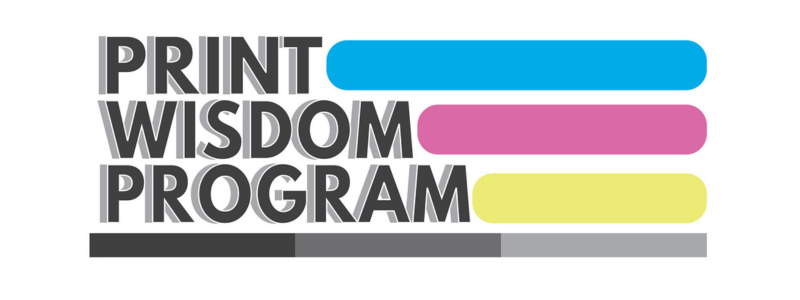Succession planning is often overlooked by printing businesses until it’s too late. However, creating a clear and proactive succession plan is vital for ensuring business continuity, protecting key relationships, and safeguarding the company’s legacy. Whether you plan to retire soon, sell the business, or groom the next generation of leaders, succession planning is crucial to future-proofing your printing business. In this blog, we outline the essential steps to create a successful succession plan.
Identify Key Roles and Potential Successors
The first step in succession planning is identifying key leadership positions and understanding which roles are critical to the business’s continued success. From executive leadership to department managers, each role should have a potential successor in place. Once these roles are identified, the focus should shift to identifying candidates, either from within the company or externally, who are capable of stepping into those positions. Ideally, potential successors should already demonstrate leadership qualities, deep industry knowledge, and an understanding of the company’s unique culture and processes. Developing an internal pipeline of talent is often a more effective strategy than seeking external hires.
Provide Training and Development Opportunities
Succession planning doesn’t stop at identifying potential leaders. It’s essential to invest in training and development to ensure these individuals are ready to take on greater responsibilities when the time comes. This includes providing them with mentorship, leadership training, and cross-functional exposure to various aspects of the printing business, from print production workflows to customer relationship management. Encouraging ongoing professional development also demonstrates a commitment to their growth, increasing engagement and retention.
Plan for an Orderly Transition
A key aspect of successful succession planning is ensuring that the eventual leadership transition is smooth and orderly. This process often takes years to execute effectively, so starting early is critical. Establishing clear timelines for leadership changes, setting milestones for leadership development, and maintaining open communication with stakeholders can all contribute to a seamless transition. Consider a phased transition where the outgoing leader gradually reduces their involvement while the new leader steps into more significant responsibilities. This allows for knowledge transfer and continuity without disrupting operations.
Communicate the Plan to Key Stakeholders
Once your succession plan is in place, it’s important to communicate it clearly to key stakeholders, including employees, customers, and business partners. Knowing that there is a plan for the future can alleviate concerns, build confidence in the company’s stability, and protect important relationships. Transparency during the transition process is essential to maintaining trust and ensuring that everyone is on the same page.
Conclusion
Succession planning is not just about replacing key leaders; it’s about ensuring the long-term success and sustainability of your printing business. By identifying successors, investing in their development, and planning for a smooth transition, you can future-proof your company and protect its legacy. Don’t wait for a crisis to start planning—take proactive steps today to secure the future of your business.
From technical experts to skilled leaders, and everything in between, Connecting for Results helps companies find the right people to grow their business. Whether it’s running machines or managing printing operations, we help industry talent find their next career opportunity. Have a question or need some help? Contact us directly here.


